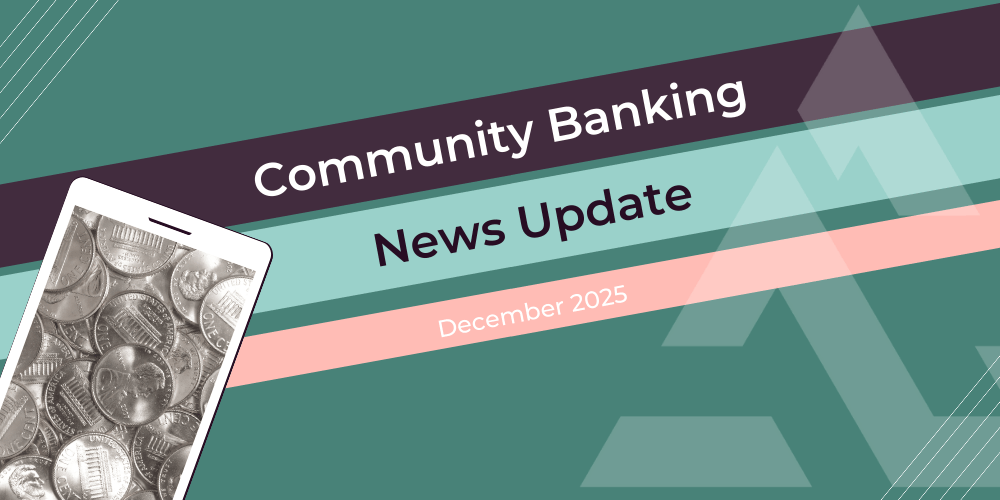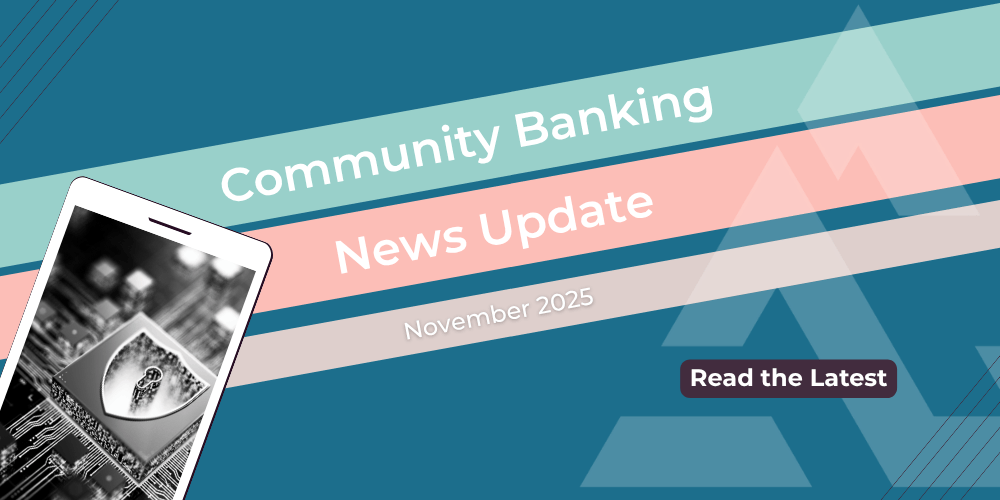The SVP, Head of Business Development for Service Providers at The Clearing House talks instant payments, bourbon, and fraud.
When you talk to Rusiru Gunasena, you can tell payments aren’t just a career; they’re a calling. A self-described tech and payments geek, Rusiru believes every transaction tells a story, from a mother buying a gallon of milk to a worker filling up their car after a shift. “Payments may not directly keep planes in the air,” he says, “but they keep people’s lives moving.”
Based in Kentucky, where he enjoys the local traditions of bourbon and horse country, Rusiru works with real-time payments technology service providers at The Clearing House, helping banks and credit unions harness the RTP network to make real-time money movement instant, safe, and seamless. His personal motto, “No Payment Left Behind,” reflects both a problem-solver’s mindset and a deep belief that financial access should be universal.
How has the recent RTP transaction limit increase to $10 million changed the game for community institutions?
Raising the limit has unlocked entirely new use cases. We’re now seeing full real estate transactions, corporate fund repositioning, and large loan or payroll disbursements move through the RTP network. Before, maybe just a down payment would settle in real time; today, the whole transaction can. It’s a big step for high-value, time-sensitive payments.
What other real-time payments use cases are emerging?
Both large and small. On the high-dollar side, we’re expanding into corporate treasury. Request for payment is also gaining momentum. It lets billers send a secure request through banking channels, and customers approve it instantly. Gig-worker payouts, instant wage access, wallet funding, and brokerage funding are all growing quickly.
What benefits do community banks and credit unions see once they go live?
The results are immediate; I saw this when I was at Jack Henry, prior to joining The Clearing House. On day one, deposits start flowing back into the institution. Customers realize they can pull funds from wallets like PayPal or Venmo into their checking accounts instantly, helping solve the “deposit displacement” issue. Even receive-only participants gain liquidity and transaction activity from incoming RTP flows.
For end-users, how does RTP change daily life?
Speed and control. A gig worker can finish a shift and get paid the same day. An investor can fund a brokerage account instantly and act on a market opportunity without waiting for an ACH to clear. It’s about giving people immediate access to their money whenever they need it.
For institutions hesitant about implementation, what’s your advice?
Start with your technology partners. Every financial institution’s needs are different; some require full payment hubs, others just need lightweight integration. Choose vendors carefully, make sure the solution fits your tech stack and budget, and lean on available guidance. The Clearing House has plenty of material on partner selection and readiness.
Fraud remains a big concern. What should banks know?
Faster doesn’t mean riskier. In fact, check fraud is still far higher than any other payment rail. By design, the RTP network, where the sender must send/authorize the payment, is more secure than other payment types, where funds can be pulled from an account. Strong controls, such as account validation, micro-deposit testing, transaction limits, and recipient-data visibility across the network, help to mitigate fraud. Fraud defense works best as a multi-layered strategy with secure entry points, behavioral analytics, and collaboration between institutions.
How does the RTP network fit alongside blockchain and stablecoins?
We track all emerging technologies closely. Some will evolve into mainstream use; others won’t. The RTP network complements other payment types rather than competes.
What about RTP vs. FedNow? How should institutions decide?
Today, about 98 percent of U.S. real-time payments are over the RTP network. FedNow is still early. My guidance is simple: if you can, join both; if not, start where the volume and use cases already exist. Most providers now support multi-rail capability, so joining the RTP network first keeps you future-ready and provides immediate access to deposit flow.
What keeps you inspired?
I love solving real-world problems. At Jack Henry, I built their PayCenter division from a blank sheet of paper into a platform supporting over 300 institutions. Now, at The Clearing House, I get to help scale that impact nationally. Every time a payment reaches its destination safely and instantly, that’s the reward. “No Payment Left Behind” isn’t just a motto; it’s my passion.
Acceleron is a modern correspondent banking technology platform that empowers community banks and credit unions to automate international wire transfers, capture non-interest income, and compete more effectively with big banks. With a foreign exchange (FX) marketplace and currency conversion engine, Acceleron’s API-first infrastructure helps institutions turn cross-border payment flows into efficient, revenue-generating opportunities. Serving over 200 financial institutions and facilitating more than $1 billion in international payments annually, our correspondent banking services and international payment automation solutions are pre-integrated seamlessly with Fiserv Payments Exchange, Aptys, Braid, and other leading payments platforms.
Subscribe to our monthly newsletter, "The Exchange," to stay in the know and get original content and insights you won't find anywhere else!
 Daisy Lin, Head of Marketing, Acceleron
Daisy Lin, Head of Marketing, Acceleron


